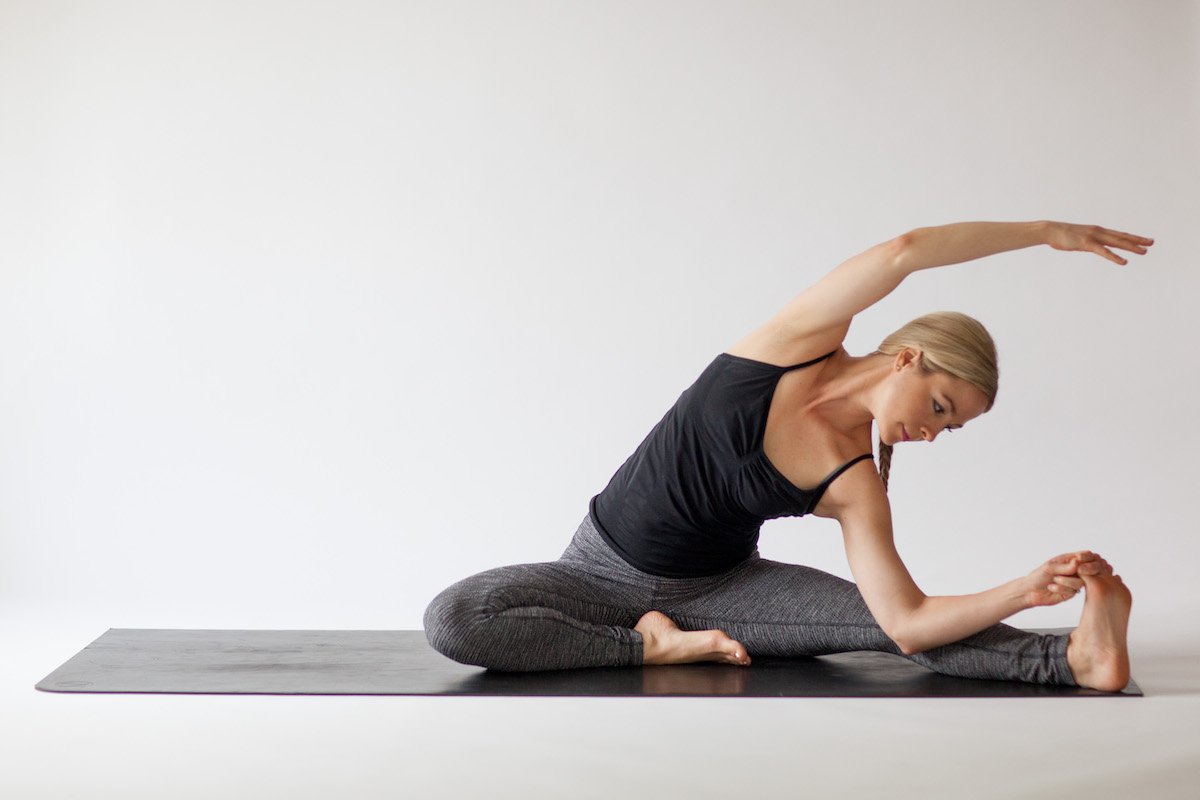It's springtime again. The flowers are blooming, and leaves begin sprouting from the branches of the trees. For some, this is the best time of the year as we transition from colder temperatures to some milder weather to enjoy the outdoors. For others, this is the most brutal season to deal with because of their battle with seasonal allergies.
So what is an allergy? The Merriam-Webster definition of an allergy is an exaggerated or pathological immunological reaction ( such as sneezing, difficult breathing, itching, or skin rashes) to substances, situations, or physical states without comparable effect on the average individual. Most individuals are affected by seasonal rhinitis, an allergic reaction to pollen from trees, grasses, and weeds. This seasonal rhinitis occurs mainly in the spring and fall and when pollen has been released into the air.
According to the Asthma and Allergy Foundation of America, more than twenty-five million people suffer from seasonal allergies. That is the sixth leading cause of chronic illness in America.
Unfortunately, there is no cure for allergies, though you can manage these allergies with medication such as antihistamines and nasal steroids. You may want a more natural approach by consuming probiotics and using a neti pot to cleanse the nasal passages of pollen. You can clean your home often and keep the windows closed during the peak allergy season to cut down on the body's reaction to pollen. Another way to handle allergies is to decrease your stress load. When the body is stressed, it releases cortisol and adrenaline, overloading the immune system and worsening seasonal allergies. You can reduce stress by taking more downtime to relax or meditate to calm the mind and body. Another great way to diminish stress is by adding a regular yoga practice during these peak months. One benefit of a yoga practice is that it decreases stress mentally and emotionally by combining the poses and the breath. Integrating a focused breathing pattern during yoga calms the mind and allows the practitioner to become more grounded at the moment. Another advantage to practicing yoga is it increases strength and flexibility in the intercostal muscles along the rib cage. When the intercostal muscles are more mobile, the lungs will work efficiently to increase oxygen in the body. Having the intercostal become more mobile will allow individuals to take deeper breaths, which can benefit during an allergy or asthma attack.
Here are six yoga poses to incorporate to decrease stress and strengthen the lungs during allergy season.
Warrior 1
Benefits:
Side Angle
Cobra
Intense Seated Side Stretch
Seated Twist
Bridge
Muscles Used:






